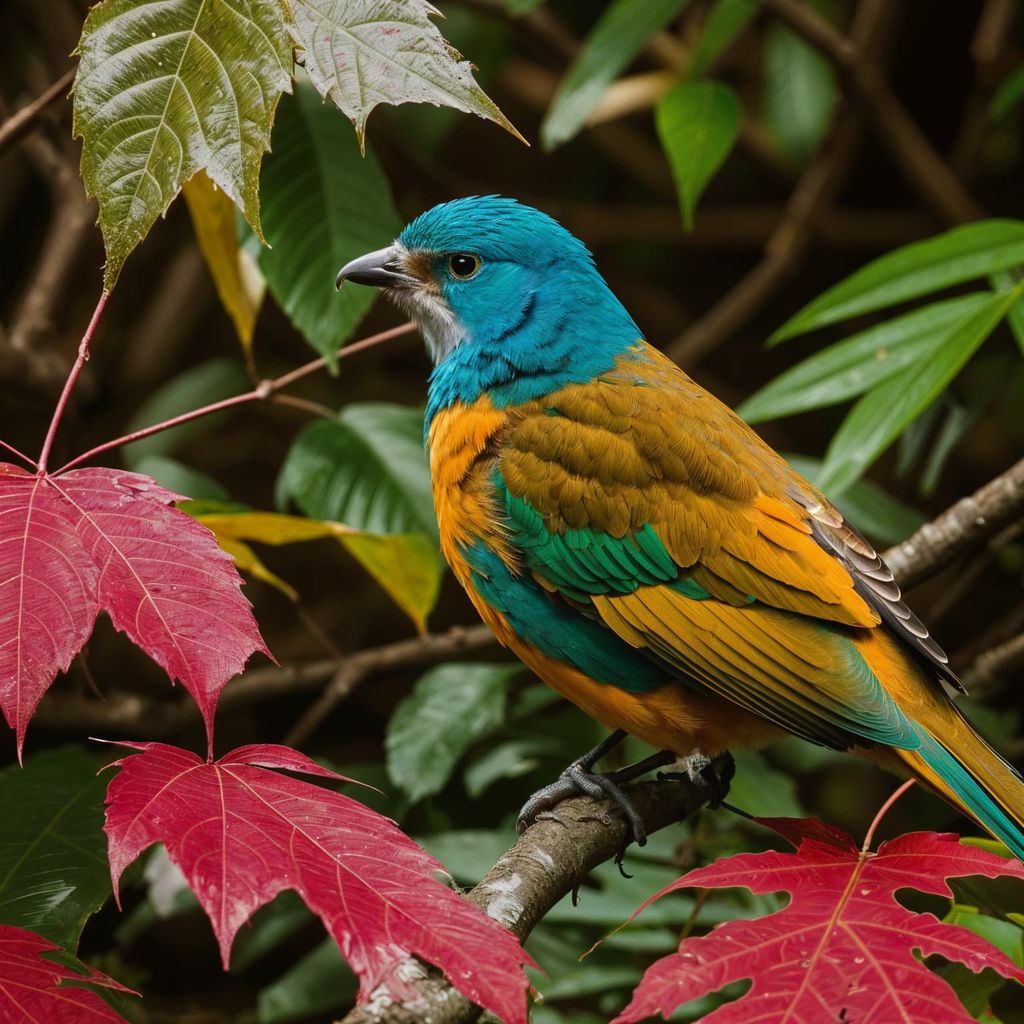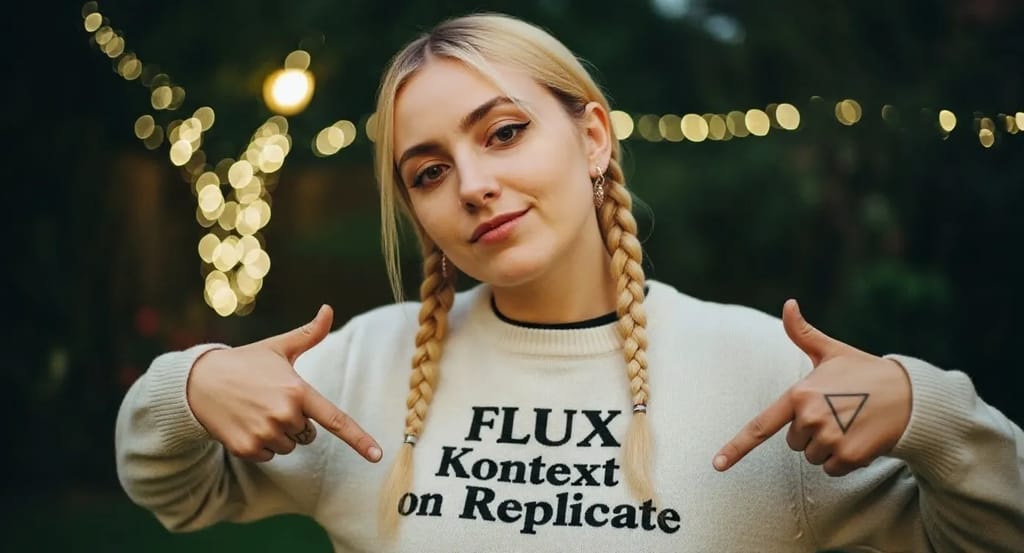
How to Upscale an Image - A Guide to A.I. and Traditional Methods
This comprehensive guide will explore how to effectively upscale an image using both cutting-edge AI tools and traditional software methods.
How to Upscale an Image: A Guide to A.I. and Traditional Methods
In the age of high-resolution displays and crystal-clear digital media, a blurry or pixelated image can ruin a presentation, detract from a professional portfolio, or simply fail to capture a cherished memory. The solution is image upscaling—the process of increasing an image's resolution and dimensions without sacrificing its quality. Thanks to advancements in artificial intelligence, what was once a challenging task is now more accessible than ever.
This comprehensive guide will explore how to effectively upscale an image using both cutting-edge AI tools and traditional software methods. We will delve into the underlying technology, compare the best tools available, and provide actionable tips to help you achieve the best possible results for any application, from professional printing to social media.
Understanding Image Upscaling: Beyond Simple Resizing
It's crucial to distinguish between simple resizing and intelligent upscaling. When you resize an image to make it larger, you are essentially stretching the existing pixels, which often leads to a blurry, pixelated, or artifact-ridden result.
Image upscaling, on the other hand, is a more sophisticated process that involves generating new pixels to add genuine detail to the image.
-
Traditional Interpolation Methods: For years, software like Adobe Photoshop has used interpolation algorithms to enlarge images. These methods create new pixels by averaging the color and brightness values of neighboring pixels. Common types include:
- Nearest Neighbor: The simplest and fastest method, it copies the color of the nearest pixel. This often results in a blocky, jagged appearance but can be useful for pixel art.
- Bilinear: This method averages the four nearest pixels to create a new one, resulting in a smoother but often softer image.
- Bicubic: A more complex algorithm that considers 16 surrounding pixels. It produces sharper results than bilinear interpolation but can sometimes introduce "halos" or artifacts around sharp edges.
-
AI-Powered Super Resolution: The modern approach to upscaling leverages artificial intelligence, specifically machine learning models like Generative Adversarial Networks (GANs). These AI models are trained on vast datasets of high-resolution and low-resolution image pairs. This training teaches the AI to recognize patterns, textures, and details, allowing it to intelligently "hallucinate" and reconstruct new, realistic pixels that were not in the original image. The result is a significantly sharper and more detailed image that traditional methods cannot replicate.
The Best Tools for Image Upscaling: Free vs. Paid
The market is filled with excellent image upscaling tools, each with its own strengths. Here’s a comparison of some of the leading options:
Top Free AI Image Upscalers
For those who need a quick, high-quality upscale without a financial commitment, these free online tools are exceptional:
- Enhance Image: An incredibly user-friendly, web-based tool that provides fast AI Image Upscaler. It's perfect for quick enhancements for social media or web use, offering up to 4x enlargement with no sign-up required for a limited number of daily uses.
- Canva's AI Image Upscaler: Integrated within the popular design platform, this tool is ideal for users who are already creating content in Canva. It's a convenient option for enhancing images directly within a design workflow.
Top Paid & Professional Software
For photographers, designers, and professionals who require the highest quality and more advanced features, investing in dedicated software is often worthwhile:
- Topaz Gigapixel AI: Widely regarded as the industry leader, Gigapixel AI excels at producing natural-looking, highly detailed enlargements. It offers multiple AI models tailored for different image types (e.g., portraits, landscapes, architectural) and provides fine-tuned control over sharpening and noise reduction. It is a standalone application available for a one-time purchase.
- Adobe Photoshop (Super Resolution): Integrated into Adobe Camera Raw and Lightroom, the "Super Resolution" feature uses AI to double the linear resolution of an image. It's a seamless part of the Adobe Creative Cloud workflow and is particularly effective on RAW files.
How-To: Upscaling Your Images Step-by-Step
Method 1: Using an Online AI Upscaler (AI Image Upscaler)
- Navigate to the website of your chosen online upscaler.
- Upload your image by dragging and dropping the file or using the upload button.
- Select your desired upscaling factor (e.g., 2x, 4x). The AI will automatically process the image.
- Preview the upscaled result, often with a slider to compare it to the original.
- Download the new high-resolution image to your device.
Method 2: Using Professional Software (Example: Adobe Photoshop's Super Resolution)
- Open your image in Adobe Photoshop. If it's a JPEG or PNG, go to
File > Open in Camera Raw. If it's a RAW file, it will open in Camera Raw automatically. - Right-click on the image within the Camera Raw window and select Enhance.
- In the Enhance dialog box, check the Super Resolution box. A preview will show the expected result.
- Click Enhance. Photoshop will create a new, high-resolution DNG file of your image, preserving the original.
Best Practices for Optimal Results
To ensure you get the best possible outcome when upscaling, keep these tips in mind:
- Start with the Highest Quality Source: The better the quality of the original image, the more information the AI has to work with, leading to a superior result. Use an uncompressed format like TIFF or PNG if possible.
- Don't Overdo It: While it's tempting to upscale an image by 8x or more, excessive enlargement can lead to unnatural-looking textures or artifacts. For most purposes, a 2x to 4x upscale is sufficient.
- Choose the Right AI Model: If your software offers different models (e.g., for faces, art, or landscapes), experiment to see which one yields the best results for your specific image.
- Post-Upscale Sharpening: Some upscaled images may benefit from a small amount of sharpening in an image editor to enhance the final details. Be subtle to avoid introducing halos.
- Consider the Use Case:
- For Printing: Aim for a resolution of 300 DPI (dots per inch) at the desired print size. Calculate the required pixel dimensions and upscale accordingly.
- For Web & Social Media: While high quality is important, you also need to consider file size for faster loading times. Upscale to the recommended dimensions for the platform (e.g., 1080px width for Instagram posts) and then save as a compressed but high-quality JPEG or WebP file.
- For Old Photos: Use AI tools that specialize in photo restoration, which often include features for scratch removal and color correction in addition to upscaling.
Frequently Asked Questions (FAQ)
Q: Can you truly upscale an image without losing any quality? A: With traditional methods, there is always some quality loss. With AI upscaling, the goal is not just to prevent quality loss but to add plausible detail, effectively increasing the quality and resolution. While not perfect, the results are often remarkably close to a native high-resolution image.
Q: What is the best AI image upscaler? A: For professional-grade results and maximum control, Topaz Gigapixel AI is often considered the best. For free, quick, and easy online upscaling, AI Image Enhancer are excellent choices.
Q: How does AI upscaling work? A: It uses a trained neural network that has learned the difference between low and high-resolution images. It intelligently predicts and generates new pixels to fill in the missing details when enlarging an image, resulting in a clearer and sharper final product.
Q: Can I upscale a very small and blurry image into a large, clear one? A: There are limits. AI can work wonders, but if the source image is extremely low-resolution or very blurry, the AI has very little data to work with. The result will be an improvement, but it may not be perfectly sharp or detailed. Garbage in, better garbage out.
To explore this topic further, you might find this video on the best AI image upscalers helpful for visual comparisons: A Look at Top Image Upscalers.
More Posts

Change Hair Color Online - The Ultimate Guide to Virtual Try-Ons
Scared to dye your hair? Try our top free apps to change hair color online! Get a realistic virtual makeover and find your perfect shade in seconds.

Best Free AI Image Upscaler to 4K - Instantly Enhance Photo Quality
Discover the top free AI image upscalers to instantly enhance your photos to 4K resolution. Upscale images without losing quality.

How to Enhance Image Resolution Without Losing Quality
Learn how to enhance image resolution with AI tools and software like Photoshop. Turn blurry, low-quality photos into sharp, high-definition images.